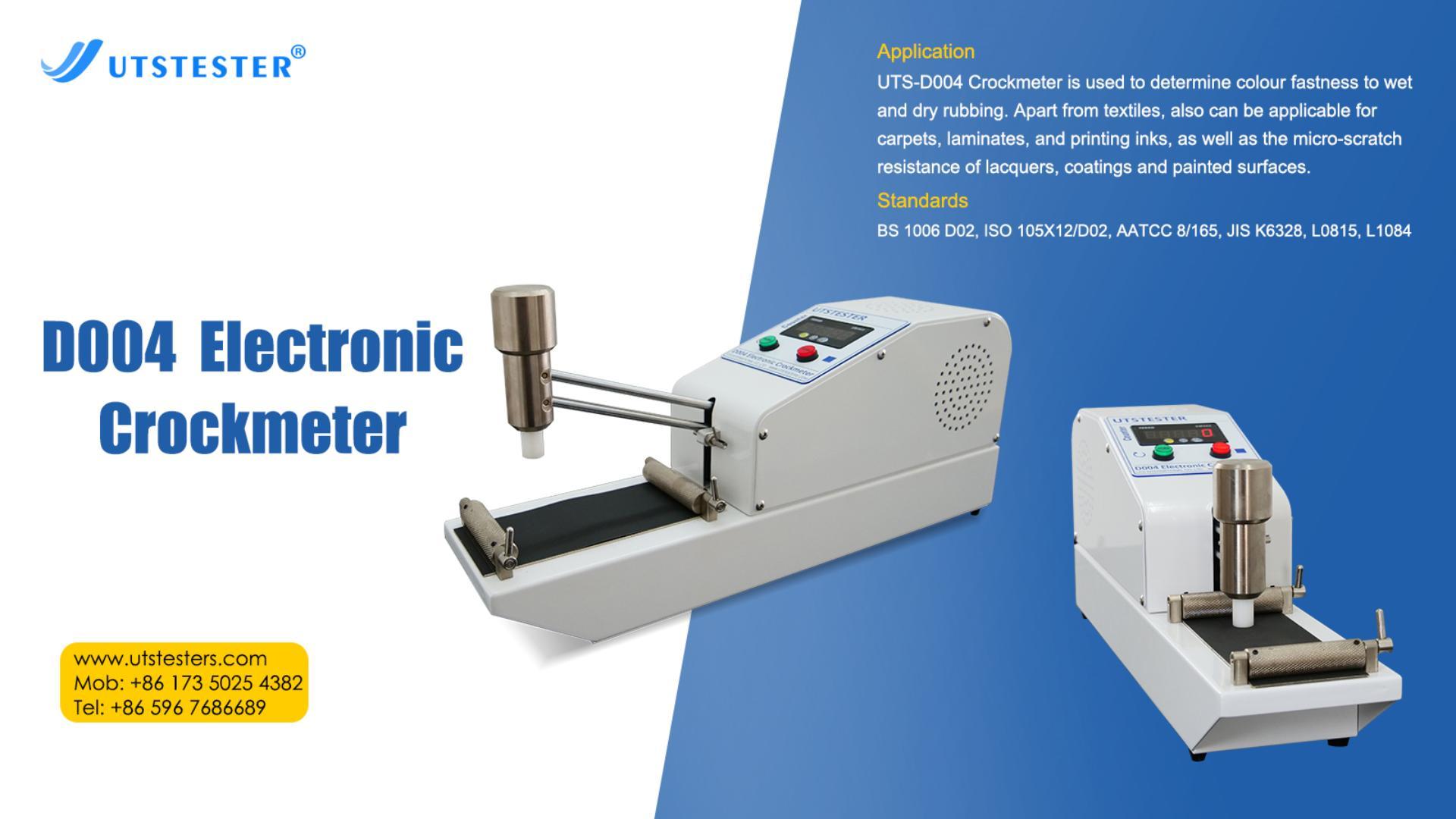1. Основные понятия стойкости окраски текстильных изделий
Стойкость цвета, проще говоря, означает способность текстильных изделий сохранять свой цвет в процессе эксплуатации. Она охватывает ряд аспектов, включая устойчивость к стирке, трению, свету, поту, пятнам от пота и воздействию солнечного света. Различные показатели стойкости цвета отражают поведение текстильных изделий в различных условиях окружающей среды. Например, стойкость к стирке определяет степень изменения цвета после многократной стирки, а светостойкость отражает степень выцветания цвета под воздействием солнечного света.
Качество цветостойкости напрямую влияет на срок службы изделия и его эстетические качества. Недостаточная цветостойкость может привести к выцветанию, выцветанию или выцветанию, что не только ухудшает внешний вид, но и может привести к недовольству покупателей или возврату товара. Проведение научных и стандартизированных испытаний на цветостойкость стало стандартной практикой в отрасли.
2. Процесс и стандарты испытания на устойчивость цвета
Тестирование стойкости цвета
Обычно испытания проводятся в соответствии с национальными или отраслевыми стандартами, что обеспечивает научную строгость и сопоставимость результатов. Процесс испытаний состоит из четырёх основных этапов: подготовка образцов, определение условий испытаний, проведение самих испытаний и оценка результатов.
(1) Подготовка образцов: репрезентативные образцы отбираются из партии, чтобы гарантировать, что результаты испытаний отражают общее качество продукта. Образцы следует нарезать и маркировать в соответствии со спецификациями, чтобы избежать загрязнения или повреждения.
(2) Настройка условий испытания: соответствующие стандарты и методы выбираются на основе требований испытания. Например, испытание на водостойкость может проводиться в соответствии с процедурами стирки, указанными в национальных стандартах, а испытание на светостойкость — с использованием определённых источников света и времени экспозиции.
(3) Реальные испытания: проводите испытания образцов в строго контролируемых лабораторных условиях, следуя стандартным процедурам. Например, имитируйте реальные условия, такие как стирка, трение и воздействие солнечного света, и наблюдайте изменения цвета образцов.
(4) Оценка результата: используйте профессиональные измерители разницы цвета или визуальное сравнение. Степени цветостойкости присваиваются в соответствии со стандартными классификациями, где «Степень 1» означает отличную цветостойкость, а «Степень 5» — плохую.
3. Важность проверки стойкости окраски текстильных изделий
(1) Текстильные изделия с низкой стойкостью окраски часто линяют, а некоторые некачественные красители могут попадать в организм человека через кожу или дыхательные пути, вызывая аллергию, воспаление и даже долгосрочные риски для здоровья. Тестирование позволяет косвенно отсеивать продукты, в которых красители прочно связаны с волокнами, снижая риск выделения вредных веществ.
(2) Испытание на цветостойкость позволяет точно выявить проблемы в производстве, такие как неправильный выбор красителя при крашении или неверные параметры процесса фиксации (например, недостаточный контроль температуры или pH). Компании могут корректировать свои процессы на основе результатов испытаний, чтобы повысить стабильность продукции и снизить процент брака в партии.
(3) Для верхней одежды требуется светостойкость, для медицинского текстиля – устойчивость к дезинфицирующим средствам, а для спортивной одежды – стойкость цвета композитного материала к поту и свету. Эти специализированные требования к испытаниям побуждают компании разрабатывать специализированные технологии окрашивания, тем самым повышая ценность продукции и конкурентоспособность на рынке.
Испытание текстильных изделий на устойчивость окраски
Не только обеспечивает базовое качество и безопасность, но и способствует модернизации отрасли и упрощению торговли. Его значение охватывает весь жизненный цикл продукта, от производства до потребления, что делает его важнейшей основой для высококачественного развития текстильной промышленности.

Электронная почта:
hello@utstesters.com
Прямой звонок: + 86 152 6060 5085
Тел.: +86-596-7686689
Веб:
www.utstesters.com
 +86 152 6060 5085
+86 152 6060 5085





 English
English русский
русский español
español português
português










 hello@utstesters.com
hello@utstesters.com hello@utstesters.com
hello@utstesters.com +86 152 6060 5085
+86 152 6060 5085 +8615260605085
+8615260605085